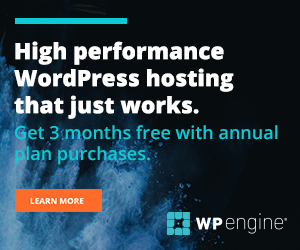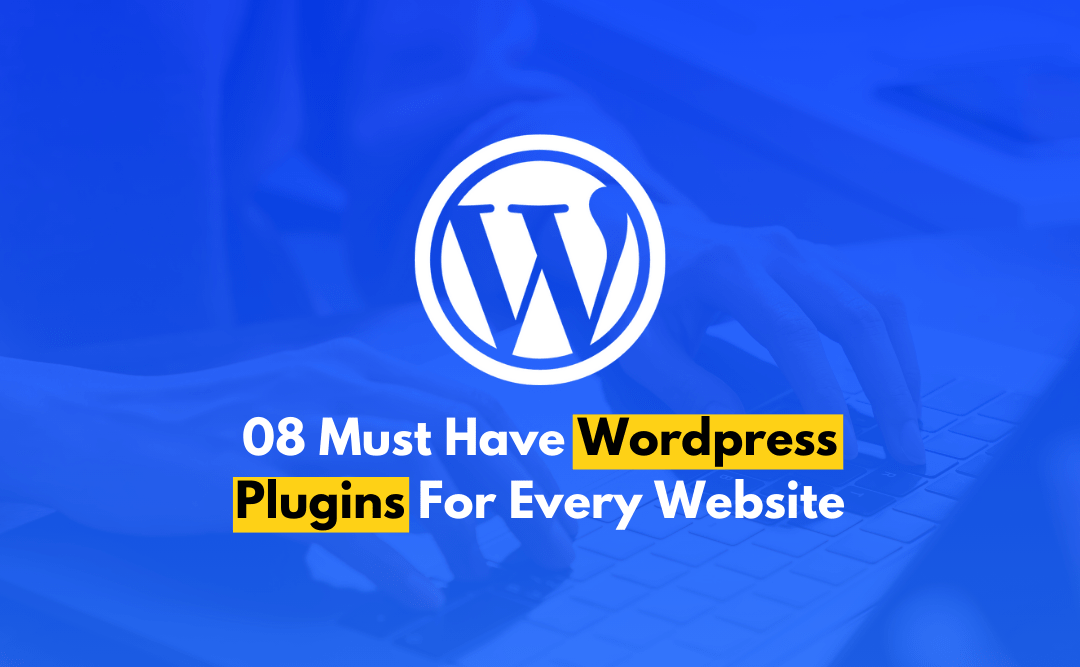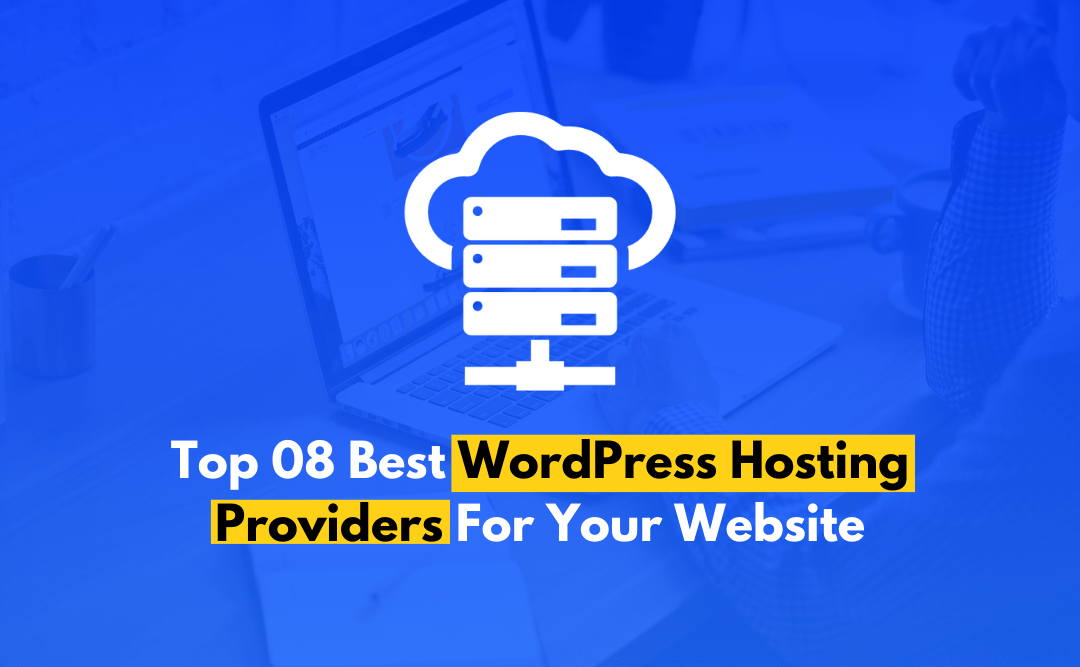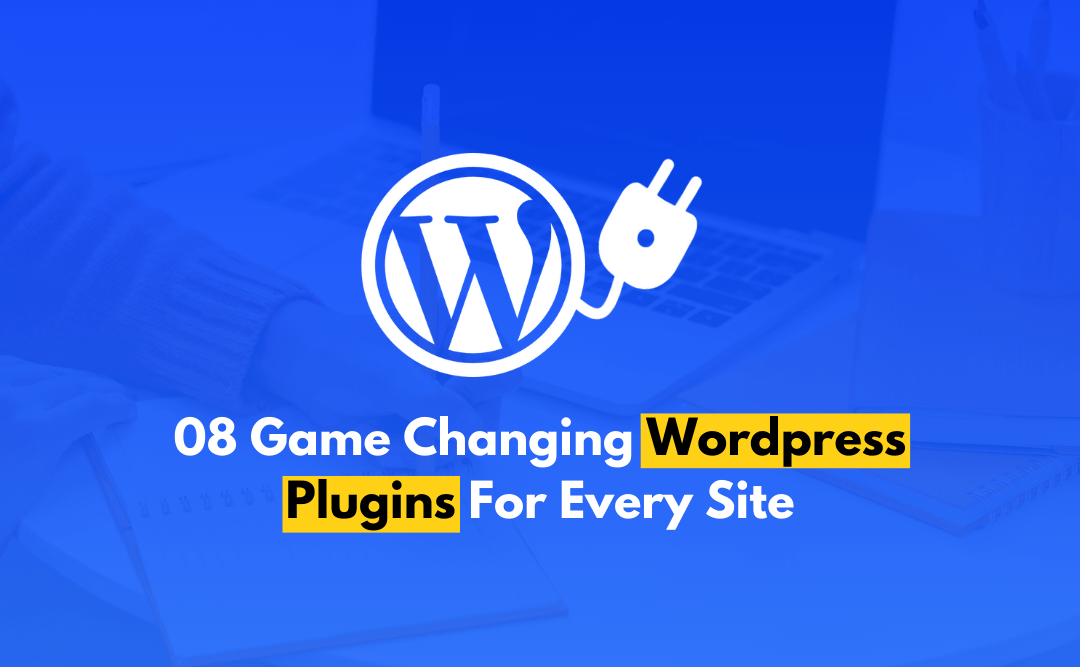Choosing the right design for your website is one of the most important decisions you’ll make in creating a strong online presence. Whether you’re building a site for your business, a personal blog, or an online store, the look and feel of your website play a major role in how visitors perceive and interact with it.
But when it comes to web design, one question often stands out: Custom Web Design vs Templates, which one is right?
In actuality, both options have their appeal. Custom web designs offer flexibility and uniqueness, while templates provide a faster and often more affordable solution. To make a decision which is right for you read out the complete guide Custom web design vs templates. Let’s begin~!
Still confused? No worries! We are here to help you make an informed decision that aligns with your goals, budget, and vision. Let’s quickly begin!
Custom Web Design vs Templates: Why Custom Design Stands Out

Custom web design refers to the process of creating a unique website to a specific brand, target audience, and business goals.
Benefits of Custom Web Design
- Unique Branding: A custom-designed website provides an opportunity to showcase a brand’s identity. From color schemes and typography to layout and images, every aspect represents the brand’s personality.
- Tailored User Experience: It allows for the creation of a user experience that caters specifically to the target audience. It includes navigation paths, content placement, and interactive features that enhance usability.
- Scalability and Flexibility: As businesses grow, their websites may need to expand or evolve. Custom websites can be built with scalability in mind, allowing for future additions or modifications without the constraints of pre-designed templates.
- SEO Optimization: It can be optimized for search engines from the ground up. Designers can implement best practices for SEO, ensuring the website is structured for better visibility in search results.
- Performance and Security: Custom websites can be optimized for speed and security, reducing vulnerabilities and ensuring a smoother experience for users. This is especially important for e-commerce sites or those handling sensitive information.
Drawbacks of Custom Web Design
- Higher Cost: Custom web design typically comes with a higher price tag compared to templates. It can be a barrier for startups or small businesses with limited budgets.
- Longer Development Time: Building a website from scratch takes time. The design and Web development process can take several weeks or even months, depending on the complexity of the project.
- Requires Ongoing Maintenance: Custom websites often require more hands-on maintenance and updates. Depending on the platform used, the business may need to hire a developer for ongoing support.
What Are Templates?
Among Custom Web Design vs Templates, Web design templates are pre-designed layouts that can be used as a foundation for creating a website. They come with built-in features and elements that can be customized to fit a business’s needs. Templates are available in various styles and formats, catering to different industries and functionalities.
Benefits of Using Templates
- Cost-Effective: Templates are generally much cheaper than custom web design. Many options are available for free or at a low cost, making them accessible for businesses with tight budgets.
- Quick Setup: Using a template allows for faster deployment of a website. Many templates can be installed and configured within a matter of hours, making them ideal for businesses needing an online presence quickly.
- User-Friendly: Most templates come with built-in functionality and user guides, making it easy for individuals without technical skills to manage and update their sites.
- Variety of Options: There is an extensive range of templates available for various industries and purposes. Businesses can choose a design that aligns with their branding and functional requirements.
- Responsive Design: Many modern templates are designed to be responsive, meaning they will automatically adjust to fit different screen sizes, providing a good user experience on mobile devices.
Drawbacks of Using Templates
- Limited Customization: While templates allow for some customization, they are often limited in flexibility. This can lead to challenges in creating a unique brand identity, as many businesses may use the same template.
- Generic User Experience: Templates may not fully cater to the specific needs of a target audience. A one-size-fits-all approach can result in a less engaging user experience, which may impact conversion rates.
- SEO Limitations: While some templates are built with SEO in mind, many do not prioritize best practices. Customizing a template for optimal SEO can be challenging and may require additional effort.
- Dependency on Template Providers: If a business relies on a template, they may become dependent on the provider for updates, support, and features. This can be problematic if the provider discontinues the template or fails to maintain it.
- Less Control Over Performance: Templates can sometimes lead to slower load times and performance issues, especially if they are overloaded with features that are unnecessary for a specific business.
Custom Web Design or Templates? Important Factors to Help You Decide

When deciding between custom web design and templates, consider the following factors:
- Budget: Assess your budget and determine how much you can realistically allocate to web design. If you have a limited budget, a template might be the best option. However, if your budget allows, investing in custom design can yield long-term benefits.
- Timeline: Consider how quickly you need the website. If time is a priority, templates can provide a quicker turnaround. If you are willing to invest time for a tailored solution, custom design might be the way to go.
- Long-Term Goals: Think about your business goals and how the website fits into them. If you plan to scale your business significantly, a custom design may offer the flexibility you need.
- Brand Identity: Evaluate how important a unique brand identity is to your business. If standing out in a crowded market is essential, a custom design can provide a distinct look and feel.
- Technical Expertise: Consider your technical capabilities. If you have limited technical skills or resources, a template might be more manageable. Conversely, if you have access to skilled designers or developers, a custom approach could be beneficial.
Conclusion
Choosing between custom web design and templates depends on various factors, including budget, timeline, long-term goals, and brand identity. Custom web design offers unique branding, tailored user experiences, and greater scalability, while templates provide a cost-effective and quick solution.
By carefully weighing these aspects, businesses can make a decision that aligns with their needs and ultimately enhances their online presence. Whether opting for a custom design or a template, the focus should remain on creating a user-friendly, engaging, and effective website that meets the current demands.
CODFLUX team develops the site from scratch, ensuring that every element aligns with the client’s vision. Just reach out us for developing your dream website.
Frequently Asked Questions
Why is custom website better than templates?
Custom websites offer unique design, better scalability, and improved branding, whereas templates have limited customization options and a generic feel.
How useful is custom web development?
Custom web development provides flexibility, optimized performance, and the ability to meet specific business needs, enhancing user experience and future scalability.
Can I switch from a template to a custom design later?
Yes, you can switch from a template to a custom design later, but it may involve a complete redesign of your site.
What skills are needed for custom web design?
Custom web design often requires skills in graphic design, user experience (UX) design, web development (HTML, CSS, JavaScript), and a good understanding of branding and marketing principles.





